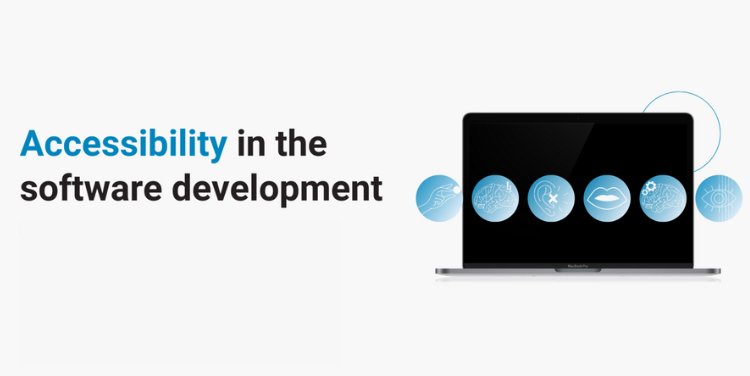The Importance of Accessibility in Software Design

In the digital age, where technology is woven into the fabric of our daily lives, the concept of accessibility in software design has become more critical than ever before. Accessibility isn't just a buzzword or an optional feature; it's a fundamental aspect of designing technology that can be used by everyone, regardless of their abilities or limitations. In this blog post, we'll explore why accessibility matters in software design and how prioritizing it can lead to better products and a more inclusive digital world.
What is Accessibility in Software Design?
Accessibility in software design refers to the practice of creating digital products and platforms that can be easily used and navigated by people with disabilities. This includes individuals with visual, auditory, motor, or cognitive impairments, as well as those with temporary disabilities or situational limitations. The goal of accessibility is to ensure that all users, regardless of their abilities, can perceive, understand, navigate, and interact with digital interfaces effectively.
The Impact of Accessibility
-
Inclusivity: Prioritizing accessibility in software design fosters inclusivity by ensuring that no one is left behind in the digital realm. When products are accessible, they empower individuals with disabilities to participate more fully in online activities, such as accessing information, communicating with others, or using digital services.
-
Market Reach: Designing accessible software expands the potential user base for products and services. According to the World Health Organization, approximately 15% of the world's population lives with some form of disability. By catering to this demographic, businesses can tap into a sizable market segment that might otherwise be overlooked.
-
Legal and Ethical Obligations: Many countries have enacted legislation requiring digital products and services to meet certain accessibility standards. Failure to comply with these regulations not only exposes businesses to legal risks and potential lawsuits but also reflects poorly on their commitment to social responsibility and inclusivity.
-
User Experience: Accessibility is closely intertwined with user experience (UX) design. Many of the principles and techniques used to enhance accessibility, such as clear navigation, intuitive interfaces, and consistent feedback, also contribute to a better overall user experience for all users, regardless of ability.
Designing for Accessibility
Creating accessible software requires a proactive and inclusive approach throughout the design and development process. Here are some key principles to consider:
-
Understand User Needs: Conduct research to understand the diverse needs and preferences of users with disabilities. Engage directly with individuals from the target audience to gain insights into their challenges and requirements.
-
Adhere to Standards: Familiarize yourself with accessibility guidelines and standards, such as the Web Content Accessibility Guidelines (WCAG), and incorporate them into your design practices. These standards provide a framework for creating accessible digital content and applications.
-
Provide Multiple Modalities: Offer multiple ways for users to interact with your software, such as keyboard shortcuts, voice commands, or alternative input methods. This ensures that individuals with different abilities can choose the method that best suits their needs.
-
Test and Iterate: Regularly test your software with users of varying abilities to identify accessibility barriers and usability issues. Incorporate feedback into your design iterations to continuously improve the accessibility of your product.
Accessibility in software design is not just a moral imperative; it's also a strategic advantage and a legal requirement in many jurisdictions. By prioritizing accessibility, businesses can create products that reach a broader audience, enhance the user experience for all users, and contribute to a more inclusive digital ecosystem. As designers and developers, it's our responsibility to ensure that technology remains accessible to everyone, regardless of ability. Let's embrace inclusivity in software design and build a more accessible future for all.
What's Your Reaction?















